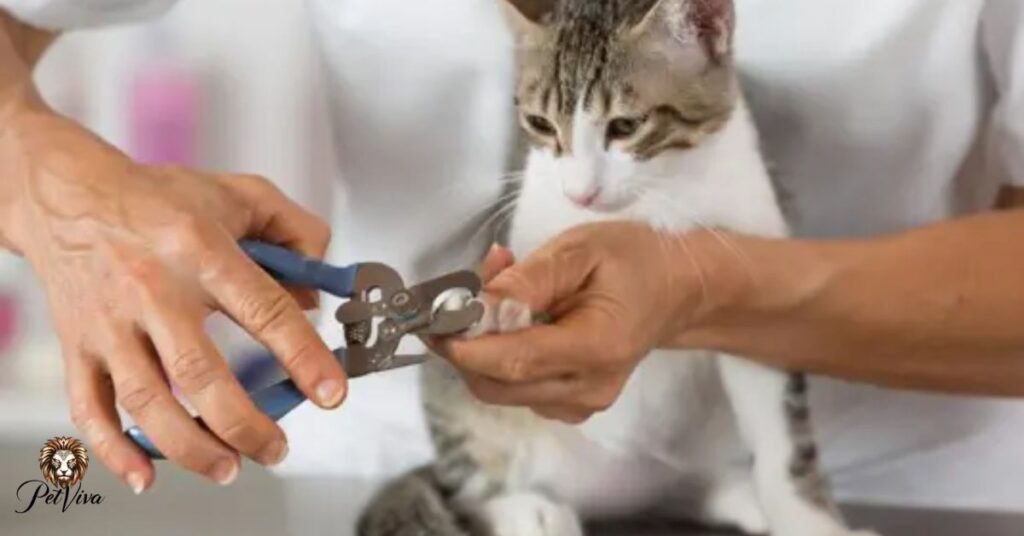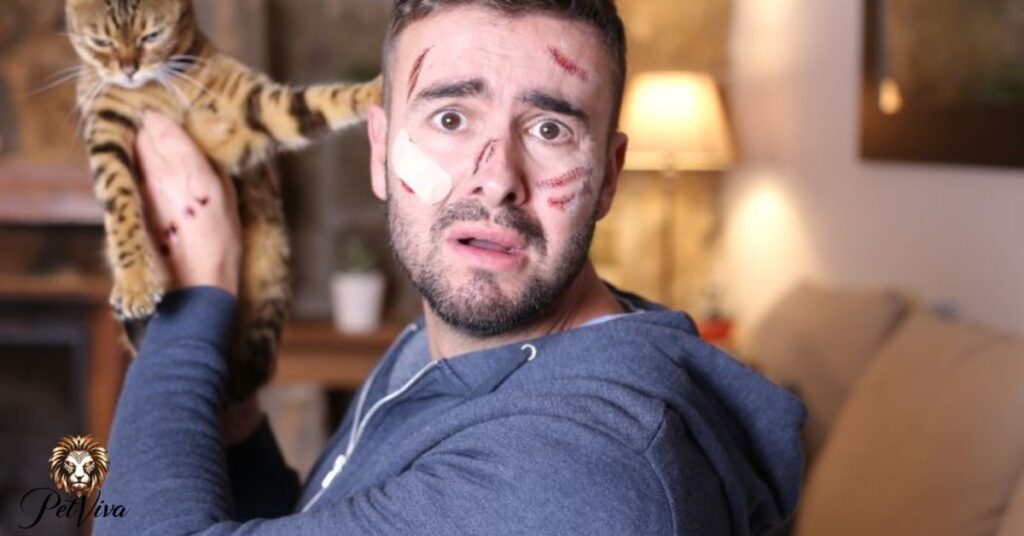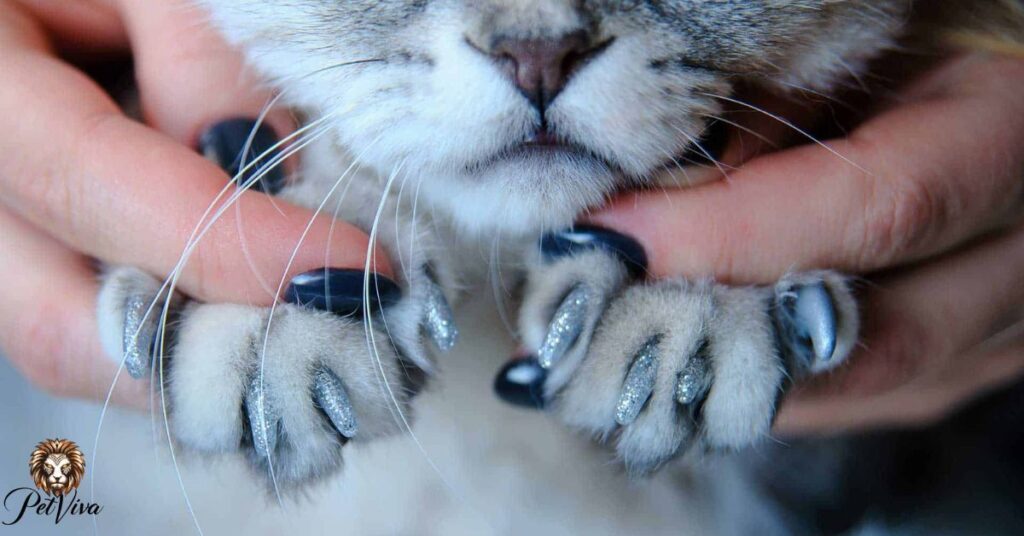How to Declaw a cat at home is not recommended due to potential complications and pain. It requires specialised skills and equipment best handled by a veterinarian. Professional guidance ensures the procedure is performed safely and ethically.
Declaw a cat at home may seem convenient but it’s not recommended. It’s a complex surgical procedure that requires professional expertise. Attempting it without proper knowledge can lead to serious complications and pain for your pet. Let’s prioritise your cat’s well-being by seeking guidance from a veterinarian
Declawing cats at home is discouraged due to risks and potential harm. It’s best to consult a veterinarian for proper care and advice.
What are the Risks Associated With Declawing a Cat at Home?

When considering declawing your cat at home, it’s essential to understand the potential risks involved. One major concern is the risk of infection. Without proper sterilization and wound care, your cat could develop painful infections that prolong their recovery and affect their overall health.
Cats use their claws for various activities, including grooming, marking territory, and defending themselves. Removing their claws can lead to behavioral issues such as anxiety, stress, and even aggression, impacting their quality of life.
Also read this: CAN CATS FIND THEIR WAY HOME? FACTS EVERY OWNER SHOULD KNOW
Cat Get Infection:
- One of the primary risks associated with declawing cats at home is the potential for infection.
- The procedure involves cutting into a cat’s skin and bones, increasing the risk of bacterial contamination.
- Improper sterilization or wound care can lead to serious infections, prolonging recovery and causing discomfort for the cat.
Behavioral Problem:
- Declawing can lead to behavioral issues in cats, including anxiety, stress, and aggression.
- Cats rely on their claws for various activities, such as hunting, climbing, and self-defenses.
- Removing their primary means of defiance and expression can result in behavioral changes that affect their overall well-being.
Illegal Action:
- Declawing cats at home may be illegal in many regions due to ethical concerns and potential harm to the animal.
- Some countries and states have banned the practice altogether, recognizing it as inhumane.
- Engaging in declawing at home could result in legal consequences and penalties, further highlighting the importance of seeking professional veterinary care.
What is an Alternative to Declaw Surgery?

Instead of opting for declaw surgery, there are several alternatives to consider. One effective alternative is providing your cat with plenty of scratching posts and surfaces. This encourages them to scratch in appropriate areas saving your furniture from damage.
Another option is regularly trimming your cat’s claws. By keeping their claws at a safe length, you can minimize the need for declawing. using deterrents like double-sided tape on furniture can discourage unwanted scratching behavior while keeping your cat comfortable and happy.
Also read this: PRAYER FOR A LOST CAT: FINDING COMFORT IN RELIGION
Six Painless Alternatives to Declawing Your Cat
What is Involved in Declawing?
Declawing involves surgically removing the last bone in each of a cat’s toes, essentially amputating their claws. This procedure is known as onychectomy. It’s a delicate surgery that requires anesthesia and post-operative care to manage pain and prevent complications. However, it’s important to note that declawing is a controversial practice with potential long-term effects on a cat’s health and behavior.
Why Do Cats Need to Scratch?

Scratching is a natural behavior for cats that serves several important purposes. Firstly it helps them maintain healthy claws by removing dead outer layers and stretching their muscles. Secondly, scratching allows cats to mark their territory visually and through scent glands in their paws. scratching provides cats with an outlet for stress and boredom helping them feel more relaxed and content in their environment.
Alternatives to Declawing
There are several humane alternatives to declawing that can effectively address a cat’s scratching behavior. Providing your cat with plenty of scratching posts and surfaces gives them an appropriate outlet for their natural behavior. Regularly trimming your cat’s claws can also help prevent damage to furniture and other items in your home.
Using soft claw covers or deterrents like double-sided tape on furniture can discourage unwanted scratching behavior without causing harm to your cat. Rewarding your cat for using scratching posts and surfaces can also reinforce positive behavior and further encourage them to avoid scratching where they shouldn’t.
Six Painless Alternatives to Declawing Your Cat
- Trimming Claws: Regularly trim your cat’s claws to prevent them from becoming too sharp.
- Synthetic Nail Caps: Use synthetic nail caps to cover your cat’s claws, preventing damage to furniture.
- Provide Appropriate Scratching Surfaces: Offer scratching posts and pads to fulfill your cat’s natural scratching instinct.
- Environmental Enrichment: Provide toys and activities to keep your cat mentally stimulated and engaged.
- Synthetic Facial Pheromone Spray/Diffusers: Use synthetic pheromone products to create a calming environment for your cat.
- Protect Furniture and Household Items: Use double-sided tape or plastic covers to protect furniture and other household items from scratching
Furquntly asked question
Can you humanely declaw a cat?
Declawing a cat is not considered humane as it involves removing the last bone of each toe, causing pain and potential long-term issues for the cat.
What is 1 alternative to declawing cats?
One alternative to declawing cats is regularly trimming their claws to prevent damage to furniture and other items.
Can I get my indoor cat declawed?
Yes, you can get your indoor cat declawed, but it’s not recommended due to potential harm and ethical concerns.
At what age can a cat be declawed?
Cats can be declawed at any age, but it’s best done when they are young, typically under six months old.
Conclusion
Declawing a cat at home is a complex procedure with potential risks and ethical considerations. While some may see it as a convenient solution, it’s important to prioritize the well-being of our feline companions. Attempting to how to declaw a cat at home without proper knowledge and expertise can lead to complications such as infections, behavioral issues, and legal consequences. Therefore, it’s highly recommended to seek professional veterinary care for such procedure
Fined alternative methods like providing scratching posts, regular claw trimming, and using deterrents can effectively address scratching behavior without resorting to declawing. By approaching the issue with care and consideration for our pets’ needs we can ensure a safe and comfortable environment for both cats and their human companions.







